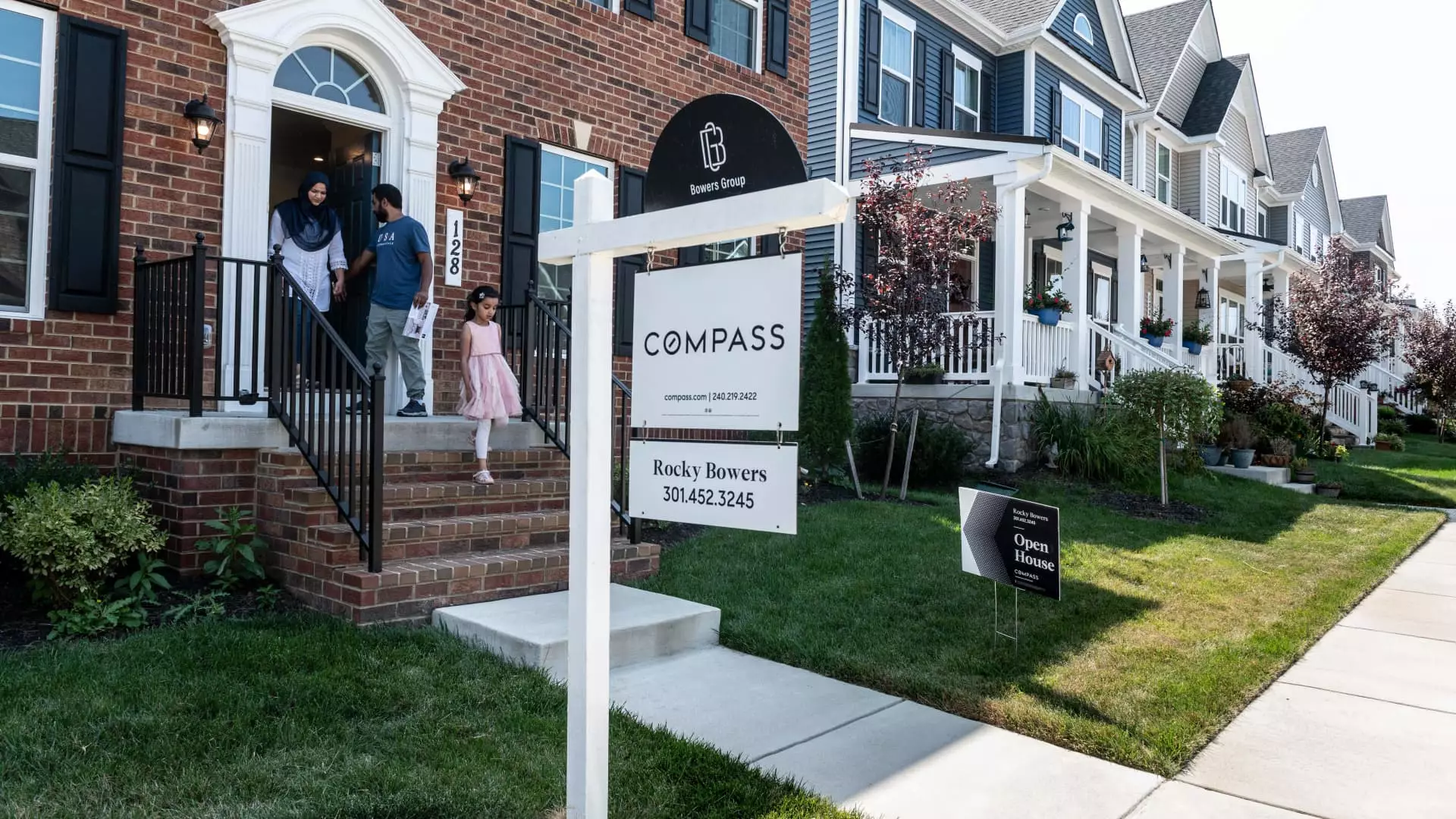The Spring housing market is currently defying expectations that prices would cool down and competition would ease due to higher mortgage rates. Typically, higher mortgage rates cool both prices and demand, but that’s not the case at the moment. Despite the rise in mortgage rates, there are still too few homes for sale, as current homeowners are finding it difficult to afford to move. This lack of supply in the market is what is keeping prices high.
Home prices in February showed a 5.5% increase compared to the same month last year, according to CoreLogic. While this annual comparison is slightly shrinking, the price gain from January to February was almost twice the normal increase for that time of year. This strong start to the Spring market indicates that prices are still on the rise despite higher interest rates.
The real problem in today’s existing home market is the lack of supply. Although there are more new listings this Spring compared to last year, the supply is still 40% lower than it was pre-pandemic. The current situation is a result of a lock-in effect that is affecting current homeowners. The high cost of moving up to a more expensive home is deterring homeowners from listing their properties for sale, creating a shortage in supply.
The cost of moving up to a more expensive home has significantly increased in recent years. In the past, upgrading to a 25% more expensive home would have only raised the average homeowner’s monthly payment by 40%. However, with today’s near-record-low mortgage rates, this increase in monthly payment can be as high as 132%, amounting to roughly $1,800. This steep rise in costs is discouraging homeowners from making a move, further exacerbating the supply shortage in the market.
The impact of rising mortgage rates on affordability varies from market to market. Moving to a more expensive home in Buffalo, New York, would increase a homeowner’s monthly payment by $604, while the same move in San Jose, California, would increase the payment by $4,517. These regional variations highlight the growing affordability crisis in high-cost areas where the lock-in effect is more pronounced.
Lowering mortgage rates could potentially ease the burden on homeowners looking to upgrade to a more expensive home. If rates were to fall to 6%, the average monthly payment increase for trading up would decrease from 103% to 88%, offering some relief to buyers. However, the fundamental issue of a lack of inventory relative to demand needs to be addressed to improve overall affordability in the housing market.
The Spring housing market is witnessing a surge in prices despite expectations of cooling due to higher mortgage rates. The imbalance between supply and demand, coupled with the lock-in effect on current homeowners, is contributing to the sustained rise in prices. Addressing these issues through policy interventions and market incentives could help alleviate the affordability challenges faced by buyers in today’s housing market.

Leave a Reply